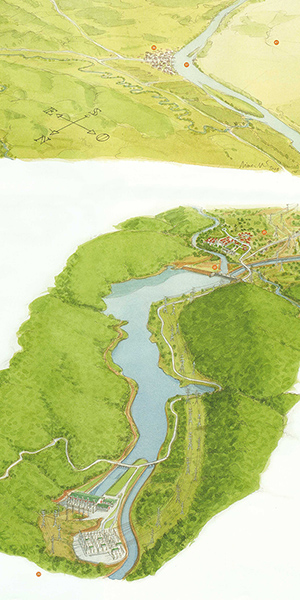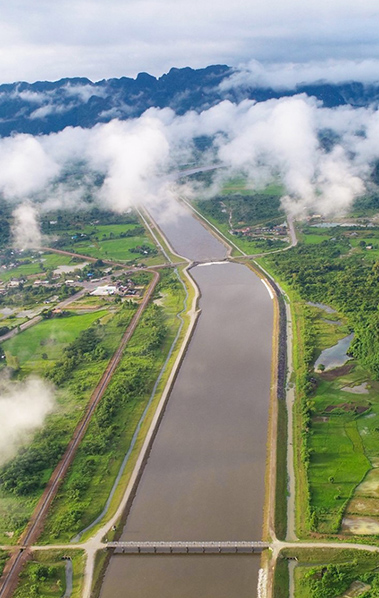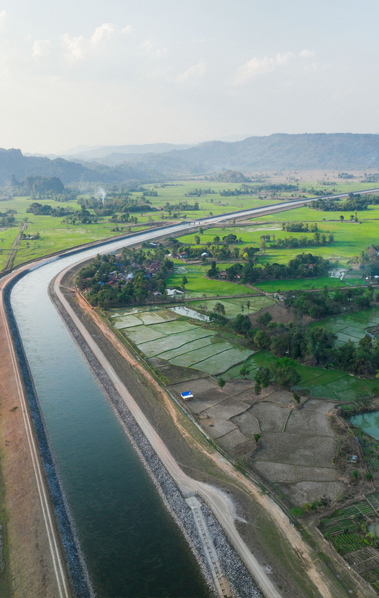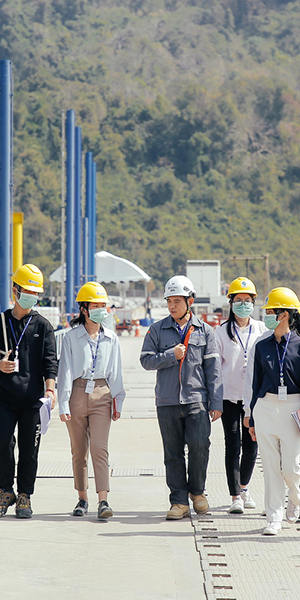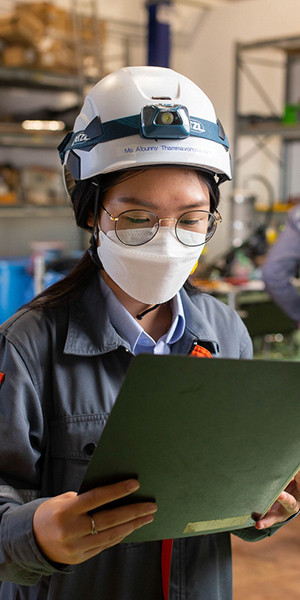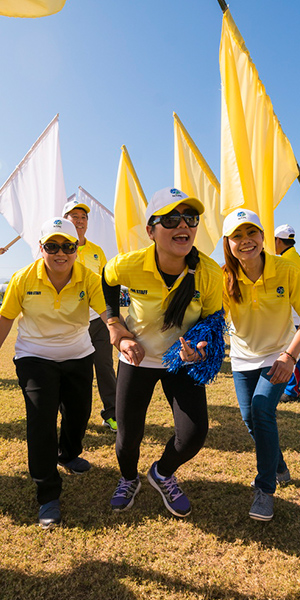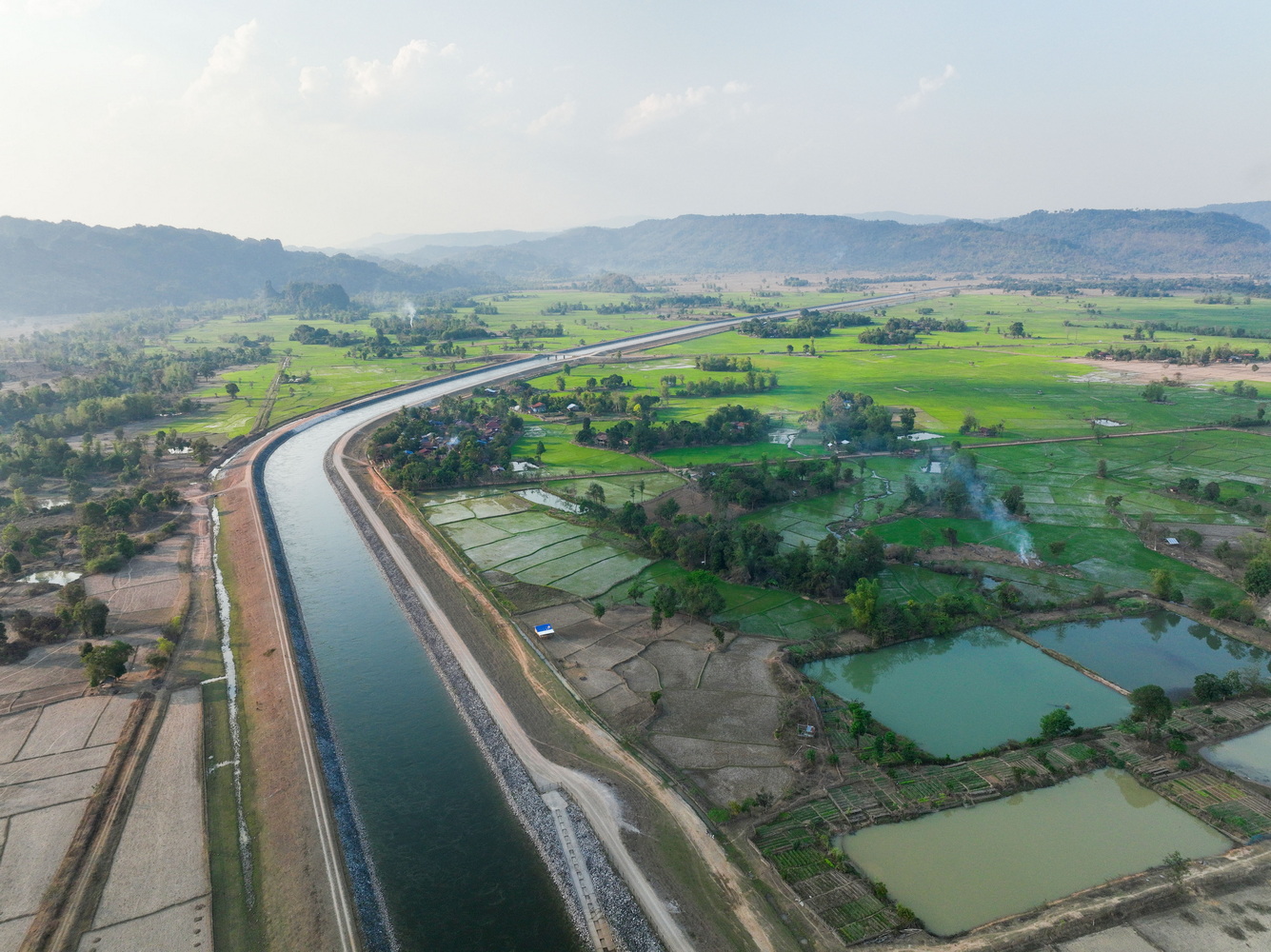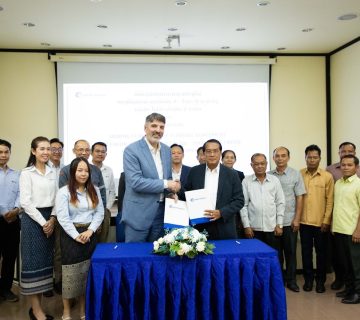During the early design of Nam Theun 2 assets, 5 gates were integrated in the outline of the 27 km-long downstream channel. The gates were planned with the intention to provide water outlets to the local authorities, for them to develop irrigation projects in the villages along the artificial channel.
In the last few years marked by a succession of unusual weather events, the need to prepare and put into service these gates have become visibly apparent. Farmers from Gnommalath and Mahaxay districts, in addition to water access which has long been an issue for the communities of those areas, have seen in recent years their unique wet- season rice harvest heavily impacted and endangered by droughts and floods. The irrigation project, enabling a second rice harvest, aims at increasing their resilience in facing extreme weather events impacting the first harvest, significantly increasing their income with a second harvest, in case the first one underperforms. This project increases not only the food security of Gnommalath and Mahaxay communities, but also their resilience against climate change, and their capacity to sustain their livelihoods.
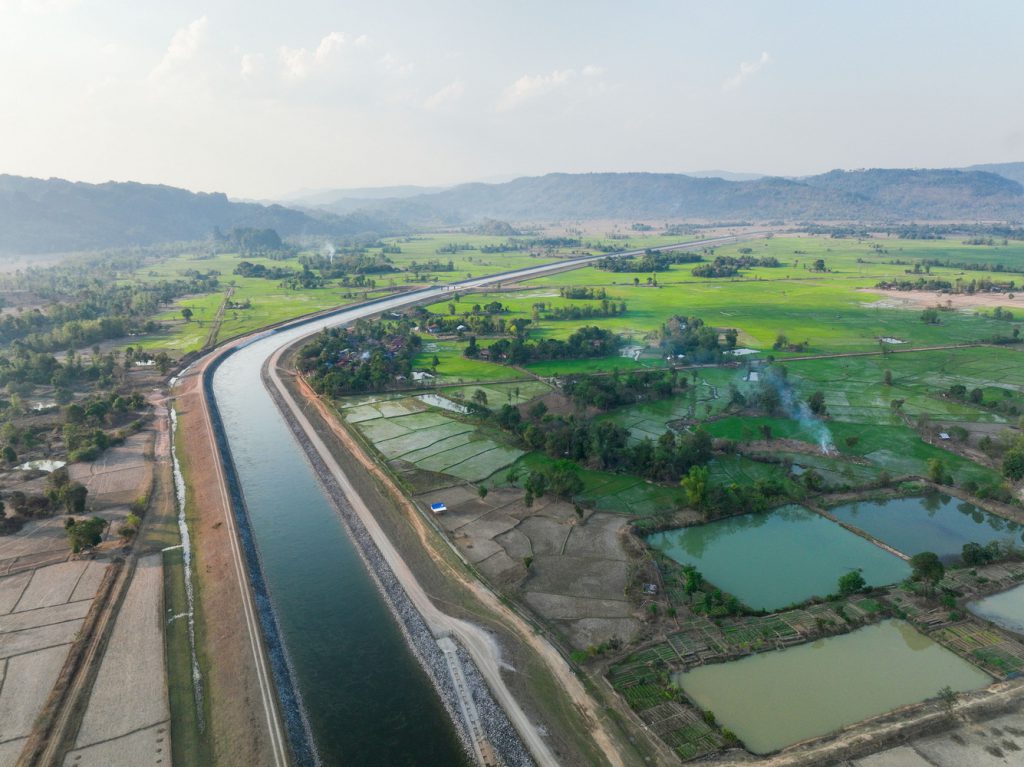
Since 2018, Nam Theun 2 deployed engineering and development teams to work on the best possible use of its downstream channel and develop a cost-eective irrigation system.
The long-term goal is to create an autonomous water users’ group who manage the water outlets located along the downstream channel, independently from Nam Theun 2. By making its infrastructural assets and engineering skills available, Nam Theun 2 enables an inclusive development that builds on the opportunities of the territory. This program embodies the matching of communities’ needs and NT2’s engineering skills, that connect through local authorities’ poverty alleviation strategy. First and foremost,
this project addresses the needs of farmers to secure their rice cultivation, but in the future, with the intention being to connect supply (farmers) to the demand (local business partners), for them to exploit this additional irrigation and consider the plantation of high-value crops that meet market demand, thus diversifying and securing their income sources.
The objective until 2035 is to increase irrigation surfaces by 300 Ha/year with an annual departure budget of 25 000 USD and focusing on the Gnommalath and Mahaxay districts.
